Bottlenecks, Refueling Stations, and Fire Escapes: 3 Types of Stopover Sites Migrants Really Need
Text by Amanda Rodewald and Ken Rosenberg
Designed by Jillian Ditner, illustration by Bartels Science Illustrator Phillip Krzeminski
March 28, 2018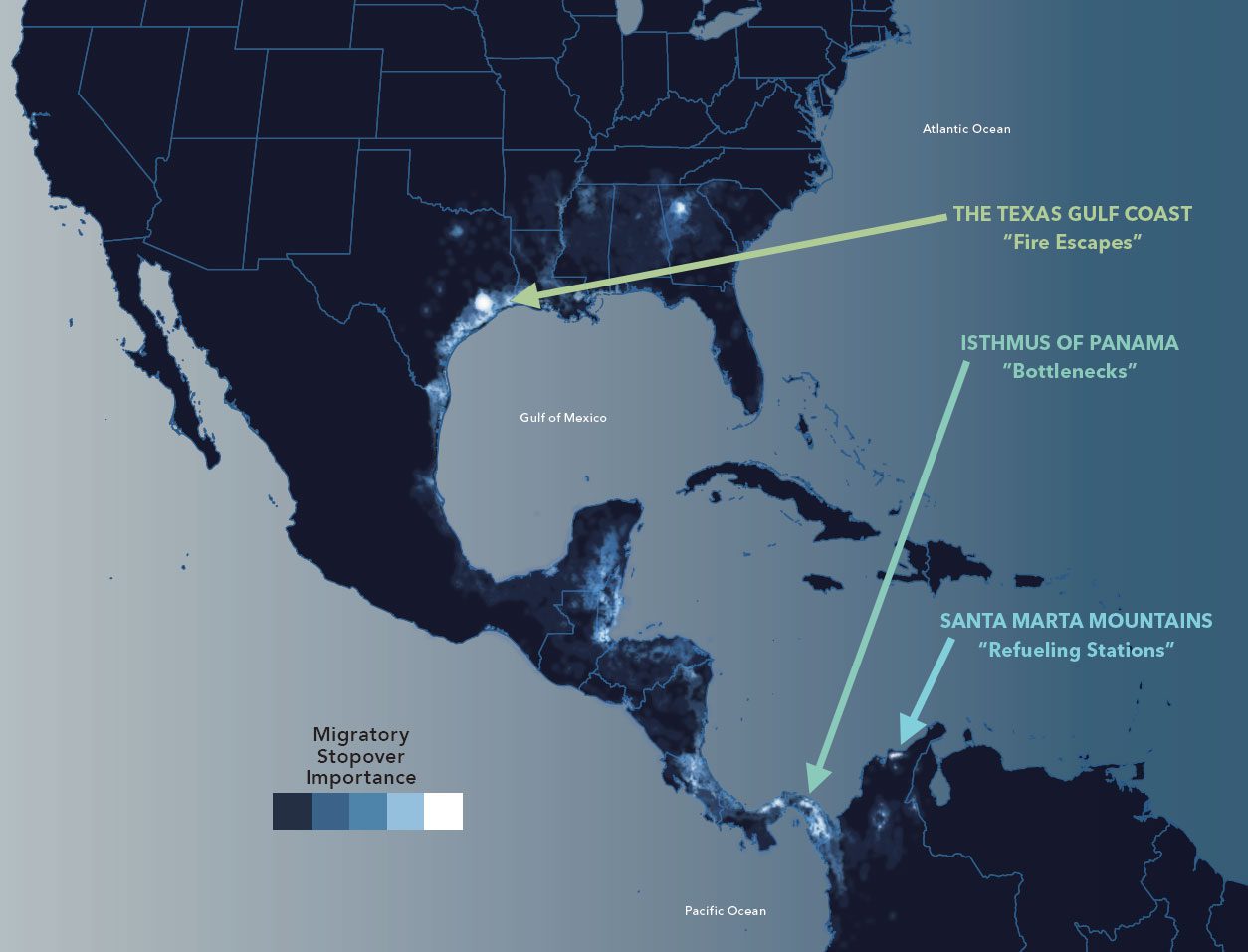
From the Spring 2018 issue of Living Bird magazine. Subscribe now.
The spring voyages of Neotropical migrant birds, from the New World tropics to breeding grounds in North America, are often described as marathons. But spring migration is more like an intercontinental Tour de France—a grueling endurance race that’s run in a series of crucial stages. For the warblers, tanagers, and swallows that set off for the United States and Canada from Central and South America every spring, success at each stage may hinge on a successful pit stop. Resting up and refueling for the next leg is the only way to survive an epic eight-week journey that can span 5,000 miles.
But those pit stops, more properly called “mid-migration stopover sites” by ornithologists, have been a bit of a black hole for science. While much is known about birds on their breeding grounds, and to a lesser extent about the biological needs of birds in overwintering areas, knowledge is extremely limited in the migration zone from South America to the southern United States.
Scientists do know that the populations of more than half of Neotropical migratory bird species are declining, many precipitously. And they know that most mortality for these species occurs during migration.
Understanding what these birds need to survive during the various stages of migration could be the key to helping them recover.
Already, it’s clear that not all stopover sites are the same. Migrants use stopovers for at least three distinct purposes: as fire escapes, bottlenecks, and refueling stations:
The Texas Gulf Coast: “Fire Escape”
The Texas coast is critical stopover habitat for billions of migratory songbirds. It acts like an escape hatch when emergencies arise, which can be the difference between life and death. Migrants embarking on multi-day flights over open ocean know that if they encounter stormy weather, there are reliable spots to take shelter along the Gulf Coast. The coastal groves of trees provide refueling stations—and safe harbors in the event of thunderstorms. But these habitats are shrinking, as coastal ecosystems are threatened by development pressure and climate change impacts. Three birds that use this route:
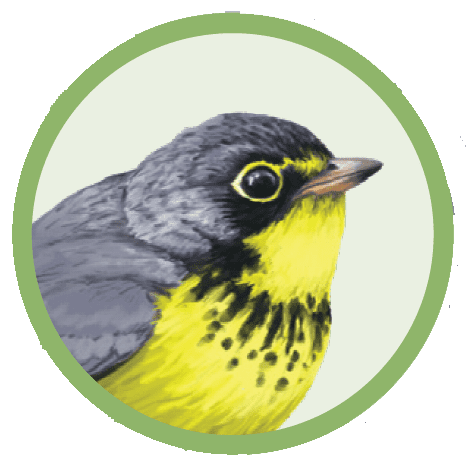 Canada Warblers depart the northern U.S. and Canada for the Andes, living in mountain forests from Colombia to Peru.
Canada Warblers depart the northern U.S. and Canada for the Andes, living in mountain forests from Colombia to Peru. Eastern Wood-Pewees sing their namesake song (pee-a-wee!) throughout the eastern U.S. in summer, and then migrate to the Amazon River Basin for the colder months.
Eastern Wood-Pewees sing their namesake song (pee-a-wee!) throughout the eastern U.S. in summer, and then migrate to the Amazon River Basin for the colder months. Scarlet Tanager males aren’t scarlet when they migrate to South America. Instead they molt into muted greenish plumage as camouflage to blend into the Amazon rainforest canopy.
Scarlet Tanager males aren’t scarlet when they migrate to South America. Instead they molt into muted greenish plumage as camouflage to blend into the Amazon rainforest canopy.
Isthmus of Panama: “Bottleneck”
Millions of long-distance migrants funnel through the narrow geography of Panama and Costa Rica every year. In fact, the entire global populations of many Neotropical migratory species pass through Central America every spring and autumn. On peak migration days, rivers of raptors and swallows fill the sky, while clusters of warblers, thrushes, and tanagers wait among the trees to migrate at night. These migrants depend on the tropical forest habitat along the Isthmus of Panama on the slopes and foothills facing the Caribbean Sea. Three birds that use this route:
 Chimney Swifts disappear from the science radar screen when they reach South America; the core of their nonbreeding range is still unknown.
Chimney Swifts disappear from the science radar screen when they reach South America; the core of their nonbreeding range is still unknown. More than 7 million Bank Swallows—nearly their entire North American breeding population—pass through the narrow Darién Gap in Panama on migration.
More than 7 million Bank Swallows—nearly their entire North American breeding population—pass through the narrow Darién Gap in Panama on migration. Eastern Kingbirds migrate in large flocks and fuel up by feasting on fruits in the canopy of the Amazon rainforest.
Eastern Kingbirds migrate in large flocks and fuel up by feasting on fruits in the canopy of the Amazon rainforest.
Santa Marta Mountains, Colombia: “Refueling Station”
Long-distance migratory birds depend on a few key refueling sites where they stop for several days before continuing their migration journeys. Recent research reveals that 20 species of these birds rely on the Santa Marta Mountains, Colombia, as a vital fueling-up stop before crossing the Caribbean Sea. In these food-rich forests birds can stock up on the energy reserves necessary for crossing vast expanses of ocean. Gray-cheeked Thrushes, for example, spend 15 days in these mountains and nearly double their body mass before flying off. Forests are being cleared for cattle and sun-coffee production in Santa Marta, and some of the Western Hemisphere’s most important migratory bird habitat is at risk. Three birds that use the mountains:
 Gray-cheeked Thrushes on spring migration have been recorded making remarkable nonstop flights of 46 hours from Colombia all the way to Indiana and Ontario.
Gray-cheeked Thrushes on spring migration have been recorded making remarkable nonstop flights of 46 hours from Colombia all the way to Indiana and Ontario. Blackburnian Warblers spend their lives in two of the Western Hemisphere’s most iconic landscapes, breeding in the boreal forest and migrating to the Andes Mountains.
Blackburnian Warblers spend their lives in two of the Western Hemisphere’s most iconic landscapes, breeding in the boreal forest and migrating to the Andes Mountains. Veeries make two migrations during their nonbreeding season, flying first to southern Brazil, then moving northeast to the Venezuela–Brazil border before migrating back north in spring.
Veeries make two migrations during their nonbreeding season, flying first to southern Brazil, then moving northeast to the Venezuela–Brazil border before migrating back north in spring.
More Birds But Fewer Protections: The Importance of Nonbreeding Habitat
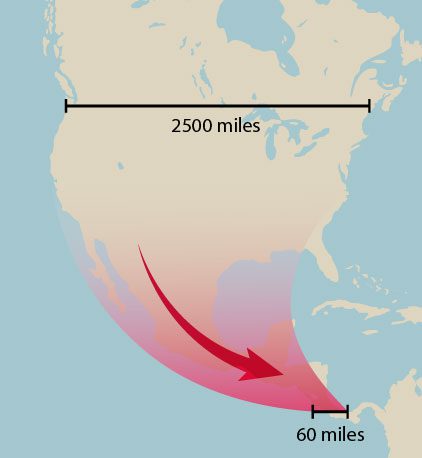
Mid-migration stopover habitat has often been overlooked by science. But the Neotropical Flyways Project is working to change that. A collaboration of research partners including the Cornell Lab of Ornithology, the project is filling in the blanks by identifying stopover habitat—and discovering new insights about the phenomenon of, and threats to, long-distance bird migration between the Americas. Here are three key insights that the group has discovered:
Birds in Nonbreeding Areas Are 3X More Concentrated
During migration, birds with breeding ranges across North America—more than 2,500 miles from the Atlantic to the Pacific—funnel into the narrow isthmus of Central America, squeezing through stretches of tropical forest that can be just 60 miles wide. Big-data models based on eBird show that migrant bird populations are three times more concentrated in Central America than they are on breeding grounds. That means each acre of nonbreeding habitat holds many more birds than an acre on the breeding range.
90% of Migratory Stopover Habitat Is Not Protected
Less than 10 percent of the land used by migratory birds in Central America is protected as nature reserves or national parks. Most migratory bird habitat is forest within working landscapes, where people also live off the land and support their families by farming and timber harvesting. That’s why agroforestry programs—farming practices that encourage maintenance of a forest setting, such as shade-grown coffee and shade-grown cacao for chocolate—offer the best conservation solutions for both birds and people.
20% of Today’s Nonbreeding Habitat Could Be Gone By 2050
Models show that at current deforestation rates, about 20 percent of today’s migratory bird habitat in Central America could be cleared for croplands and cattle grazing within the next few decades. That loss would be devastating to the most imperiled Neotropical migratory bird species, such as Cerulean and Canada Warblers.
Reference
La Sorte, F.A., D. Fink, P.J. Blancher, A.D. Rodewald, V. Ruiz-Gutierrez, K.V. Rosenberg, W.M. Hochachka, P.H. Verburg, S. Kelling. 2017. Global change and the distributional dynamics of migratory bird populations wintering in Central America. Global Change Biology. 23:5284-5296.

All About Birds
is a free resource
Available for everyone,
funded by donors like you
American Kestrel by Blair Dudeck / Macaulay Library
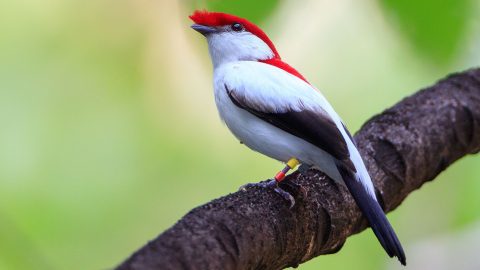


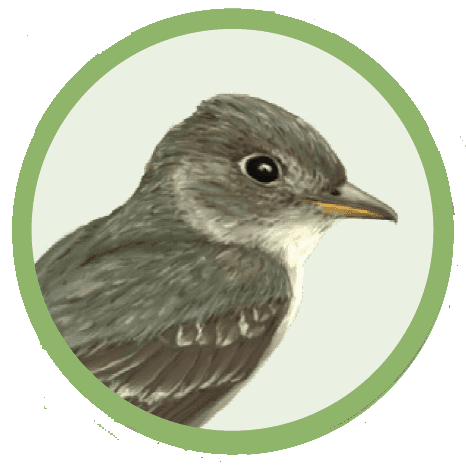 Eastern Wood-Pewees sing their namesake song (pee-a-wee!) throughout the eastern U.S. in summer, and then migrate to the Amazon River Basin for the colder months.
Eastern Wood-Pewees sing their namesake song (pee-a-wee!) throughout the eastern U.S. in summer, and then migrate to the Amazon River Basin for the colder months.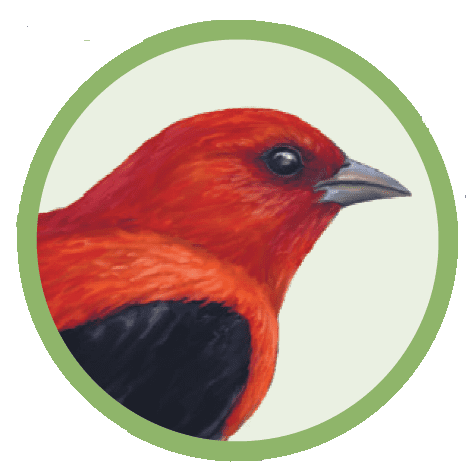 Scarlet Tanager males aren’t scarlet when they migrate to South America. Instead they molt into muted greenish plumage as camouflage to blend into the Amazon rainforest canopy.
Scarlet Tanager males aren’t scarlet when they migrate to South America. Instead they molt into muted greenish plumage as camouflage to blend into the Amazon rainforest canopy. Chimney Swifts disappear from the science radar screen when they reach South America; the core of their nonbreeding range is still unknown.
Chimney Swifts disappear from the science radar screen when they reach South America; the core of their nonbreeding range is still unknown.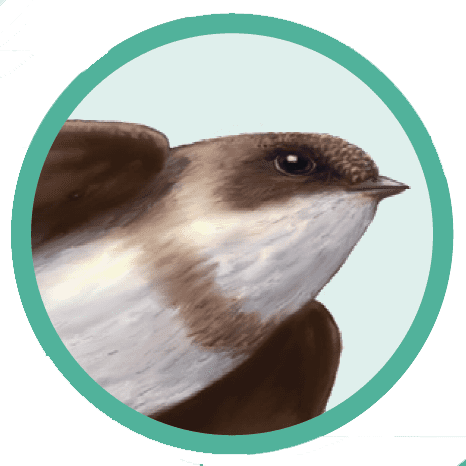 More than 7 million Bank Swallows—nearly their entire North American breeding population—pass through the narrow Darién Gap in Panama on migration.
More than 7 million Bank Swallows—nearly their entire North American breeding population—pass through the narrow Darién Gap in Panama on migration.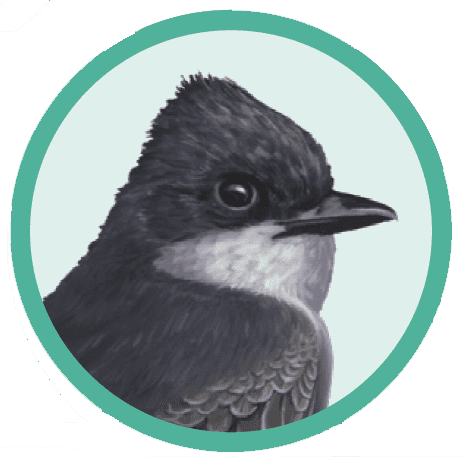 Eastern Kingbirds migrate in large flocks and fuel up by feasting on fruits in the canopy of the Amazon rainforest.
Eastern Kingbirds migrate in large flocks and fuel up by feasting on fruits in the canopy of the Amazon rainforest.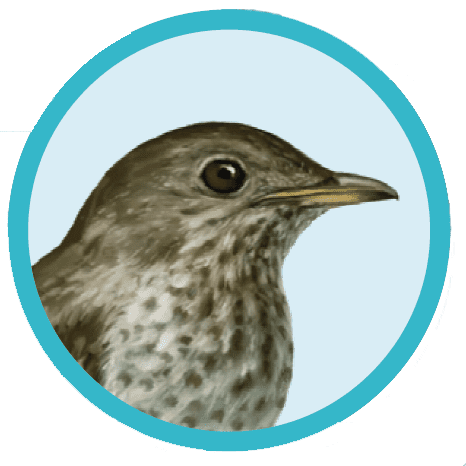 Gray-cheeked Thrushes on spring migration have been recorded making remarkable nonstop flights of 46 hours from Colombia all the way to Indiana and Ontario.
Gray-cheeked Thrushes on spring migration have been recorded making remarkable nonstop flights of 46 hours from Colombia all the way to Indiana and Ontario.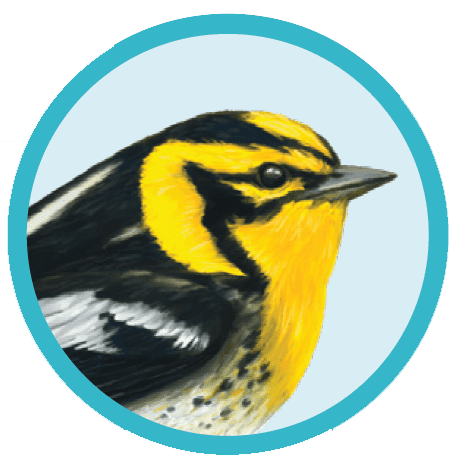 Blackburnian Warblers spend their lives in two of the Western Hemisphere’s most iconic landscapes, breeding in the boreal forest and migrating to the Andes Mountains.
Blackburnian Warblers spend their lives in two of the Western Hemisphere’s most iconic landscapes, breeding in the boreal forest and migrating to the Andes Mountains. Veeries make two migrations during their nonbreeding season, flying first to southern Brazil, then moving northeast to the Venezuela–Brazil border before migrating back north in spring.
Veeries make two migrations during their nonbreeding season, flying first to southern Brazil, then moving northeast to the Venezuela–Brazil border before migrating back north in spring.